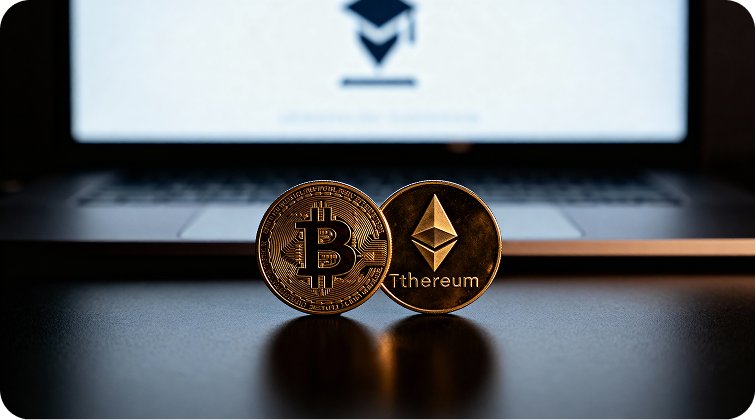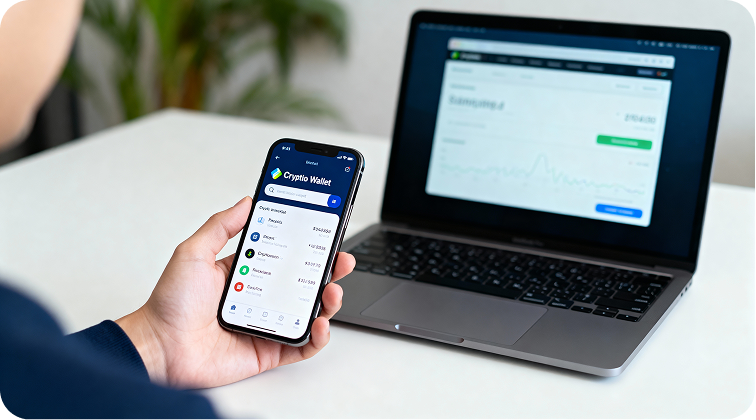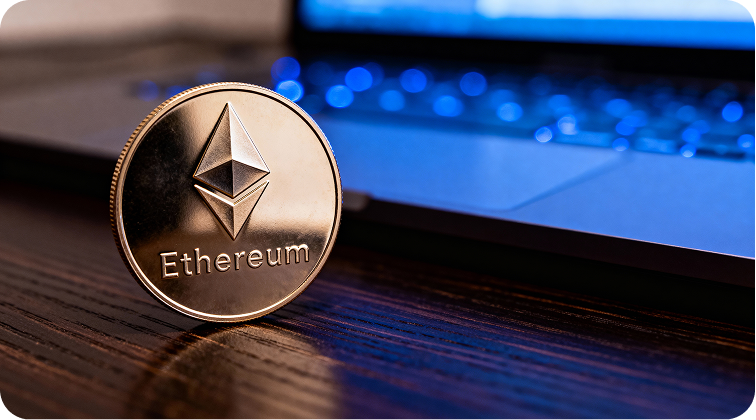
For anyone beginning their journey into digital currencies, the first question is always the same: where do I start?
With thousands of cryptocurrencies circulating, the abundance of choice can be confusing. Yet, despite this vast market, two names consistently stand out – Bitcoin and Ethereum. Their stability, adoption, and liquidity make them the preferred entry point for those taking their first steps into crypto exchange.
Why Bitcoin Remains the Core Entry Asset
Bitcoin, the first and most recognized digital currency, continues to lead the market. Its long history and broad acceptance across exchanges, wallets, and payment providers make it the easiest asset to understand and use.
For new users, Bitcoin offers clarity – it’s a well-established digital currency with a straightforward function: transferring value directly, without intermediaries. On platforms like Coinsdrom, Bitcoin exchanges are processed efficiently with transparent rates and minimal complexity, helping beginners complete their first conversions confidently.
Ethereum: A Gateway to Broader Digital Utility
Ethereum goes beyond currency. It introduced the concept of smart contracts – programs that execute automatically when conditions are met – which laid the foundation for much of the decentralized economy.
For someone new to the field, Ethereum offers a balance of familiarity and functionality. Exchanging ETH through Coinsdrom opens access to one of the most active blockchain ecosystems in existence, where digital applications, tokens, and services interconnect seamlessly.
Why Fewer Options Can Mean a Better Start
New users often assume that more options equal a better choice. In reality, an overload of assets can lead to confusion and missteps. Coinsdrom focuses specifically on Bitcoin and Ethereum, two assets with strong liquidity and consistent demand.
This targeted approach simplifies the user’s decision-making process – you don’t have to sort through obscure tokens or unfamiliar coins. Instead, you start with assets that have proven utility and broad recognition worldwide.
A Practical Start for Everyday Users
The average crypto user today values clarity, accessibility, and transparent exchange conditions over speculation. By focusing on Bitcoin and Ethereum, the platform makes it easier for users to handle real conversions efficiently and understand how digital currencies fit into their daily financial flow.
Final Thoughts
Choosing the right digital assets for your first exchange doesn’t have to be overwhelming. By starting with Bitcoin and Ethereum, newcomers gain exposure to the most stable and widely used part of the crypto landscape.
Platforms like Coinsdrom make this entry process smoother – providing clear exchange terms, quick execution, and easy access to the two currencies that continue to define the digital economy.







